Have you ever glanced at your security camera footage at night, only to see nothing but glare and reflections? Or maybe you've noticed the motion detection triggering for no apparent reason? These common issues can be frustrating and make you wonder if your home is truly secure. You might blame your security cameras for their terrible performance, but have you ever considered that it might all be because of the window?
In this blog, we will discuss how and why these problems happen and how you can make sure your security camera works perfectly through glass windows, ensuring you never miss a moment of what’s happening outside.
Potential Problems with Security Cameras Through Windows at Night
Many of us overlook how glass can mess with our security cameras. Sometimes when you find blurry images, false motion alerts or even obstructed views, they might be caused by the window in front of your cameras. Now let’s check what problems with security cameras can be caused by windows and how you can address them in just a few simple steps.
1. IR Light of the Camera can Cause Glare
Most security cameras use infrared (IR) light for night vision. When it's dark, the camera emits this IR light to illuminate the area it’s monitoring. The problem is, when your camera is positioned behind a glass window, that IR light can bounce off the glass and reflect back into the camera lens. This causes a lot of glare and can make your footage practically useless at night because all you see is a bright reflection instead of the view outside.
Here are a few things to fix it:
- Disable the Camera's Built-in IR Lights: You can turned off the built-in IR lights on the camera, and used external IR illuminators placed outside the window instead. This way, the light didn’t have to pass through the glass, eliminating the reflection issue.
- Use Low-Light Cameras: You can also invested in a camera with excellent low-light capabilities. These cameras don’t rely solely on IR light and can capture clear images in low-light conditions without causing reflections.
- Clean the Windows: Made sure the window is always clean and free of any smudges or dirt. It helps a bit with reducing any minor reflections and keeps the footage clear.
- Get an Outdoor Camera: It is easiest to just place the camera outside. This completely bypassed the problem since there’s no glass to reflect the IR light.
2. It can Lead to False Motion Detection
Motion detection features can be less effective through glass. The camera might not detect movement accurately, leading to false alarms or missed events. This happens because the glass can interfere with the sensors that detect movement.
Here are a few tips to improve motion detection:
- Adjust Sensitivity: Lower the sensitivity of the motion detection to reduce false alarms caused by reflections or minor movements.
- Motion Zones: Set up motion detection zones to focus only on specific areas where you expect activity. This helps to avoid detecting reflections or movements that aren’t important.
- External Motion Sensors: Use external motion sensors placed outside to trigger the camera recording. This avoids the issue of the glass interfering with detection.
3. Window Reflections can Confuse Human Tracking
Human tracking, which allows the camera to follow a person’s movement, can also be hindered by the glass. The reflections and any dirt or imperfections on the glass can confuse the camera’s tracking algorithms.
To mitigate this, consider:
- Clear View: Ensure the window is clean and free of obstructions.
- Test Different Placements: Experiment with different camera placements to find the best spot that minimizes reflections and maximizes visibility.
- External Cameras: Again, the best solution might be to use cameras placed outside, where they have an unobstructed view and can track movement accurately.
In fact, besides the issues with infrared reflections, reduced image quality, and light glare, security cameras working through windows can run into a couple more problems. For starters, the window frame can restrict the camera's field of view, meaning you can't monitor as wide an area as you might need. Additionally, when it’s raining or snowing, the window can get blurred or obstructed, making it tough to capture clear images.
Honestly, the easiest fix is to just place the camera outside or use an outdoor camera. They’re built to handle the weather and give you a clear view without all these hassles.
3 Top aosu Solutions of Outdoor Security Cameras

SolarCam D1 Classic
If you’re looking for a reliable and eco-friendly security solution, aosu SolarCam D1 Classic is a fantastic choice.
- The standout feature of this model is its integrated solar panel, which means you don’t need to find a separate place for the panel, greatly improving convenience and usability.
- This camera is designed to withstand various weather conditions, so you don’t have to worry about rain or snow interfering with your security.
- The SolarCam D1 Classic features advanced motion detection technology, providing real-time alerts whenever there’s movement in its field of view.
- Its high-definition video quality ensures that you get clear, detailed footage day or night, thanks to its excellent night vision capabilities.
In addition to the main features above, aosu offers kits for the SolarCam D1 Classic that come with a home base, making it more economical than purchasing them separately. This home base not only enhances the camera’s functionality but also provides a centralized hub for managing your security system.
Floodlight Cam Pro
Floodlight Cam Pro provided by aosu combines powerful LED floodlights with high-definition video recording to provide comprehensive security coverage. It can illuminate a wide area, deterring potential intruders and ensuring that every detail is captured clearly, even in the darkest conditions. It also features advanced motion detection and human detection capabilities, reducing false alarms and ensuring you’re only alerted when there’s real activity. Additionally, the floodlight camera offers custom lighting that can be triggered by motion or set to activate at specific times, adding an extra layer of security and convenience. Designed to be weather-resistant and durable, this security camera provides robust security for your home or business, no matter the conditions.
SolarCam System Pro
aosu SolarCam System Pro is the ultimate all-in-one security solution for those who want top-tier performance and convenience. This system includes two or four solar-powered cameras coming with a home base, ensuring comprehensive coverage of your property without the need for extensive wiring or frequent battery changes. Each camera in the system boasts high-definition video, excellent night vision, and advanced motion detection technology. This kit is perfect for larger properties or those with multiple areas that need monitoring. With its weather-resistant design and solar-powered operation, SolarCam System Pro offers an efficient, reliable, and eco-friendly way to keep your property secure.
9 Tips for Using Security Cameras Through Window
If you still want to use an indoor camera working through the window, or if you have to get your cameras to work through windows, there are ways to enhance their effectiveness. We all know how convenient it can be to set up a camera inside, away from the elements, but sometimes those pesky reflections and motion detection issues can be a real headache. Luckily, with a few simple adjustments, you can significantly improve your camera's performance and keep your home secure. Here are some handy tips to get the most out of your setup.
- Disable IR Lights: Turn off the camera's built-in infrared lights to prevent glare and reflections, and use external IR illuminators outside the window.
- Clean the Window: Keep the window clean and free of smudges to maintain clear image quality and reduce reflections.
- Position Camera Close: Place the camera as close to the window as possible to minimize reflections and improve focus on the outside scene.
- Adjust Camera Angle: Tilt the camera slightly downward to avoid direct reflections from indoor lights or objects.
- Adjust Motion Detection: Lower the sensitivity of motion detection to reduce false alarms caused by reflections or minor movements.
- Use Anti-Condensation Treatments: Apply anti-condensation treatments to the window to prevent weather-related obstructions like rain, snow, or frost.
- Use Window Film: Apply anti-reflective window film to reduce glare and reflections, improving the camera's visibility.
- Increase External Lighting: Add outdoor lighting to enhance visibility at night and reduce reliance on the camera’s infrared lights.
- Enable Digital Noise Reduction: Activate the camera’s digital noise reduction feature to enhance image clarity and reduce interference from reflections.
Conclusion
Following these tips, you can significantly enhance the performance of your indoor security cameras when they are placed behind windows. From minimizing reflections and improving motion detection to maintaining clear images despite weather conditions, these simple adjustments can make a big difference. However, for the best results, consider investing in outdoor cameras like those offered by aosu, designed to handle these challenges effectively and provide reliable, clear footage to keep your home secure.






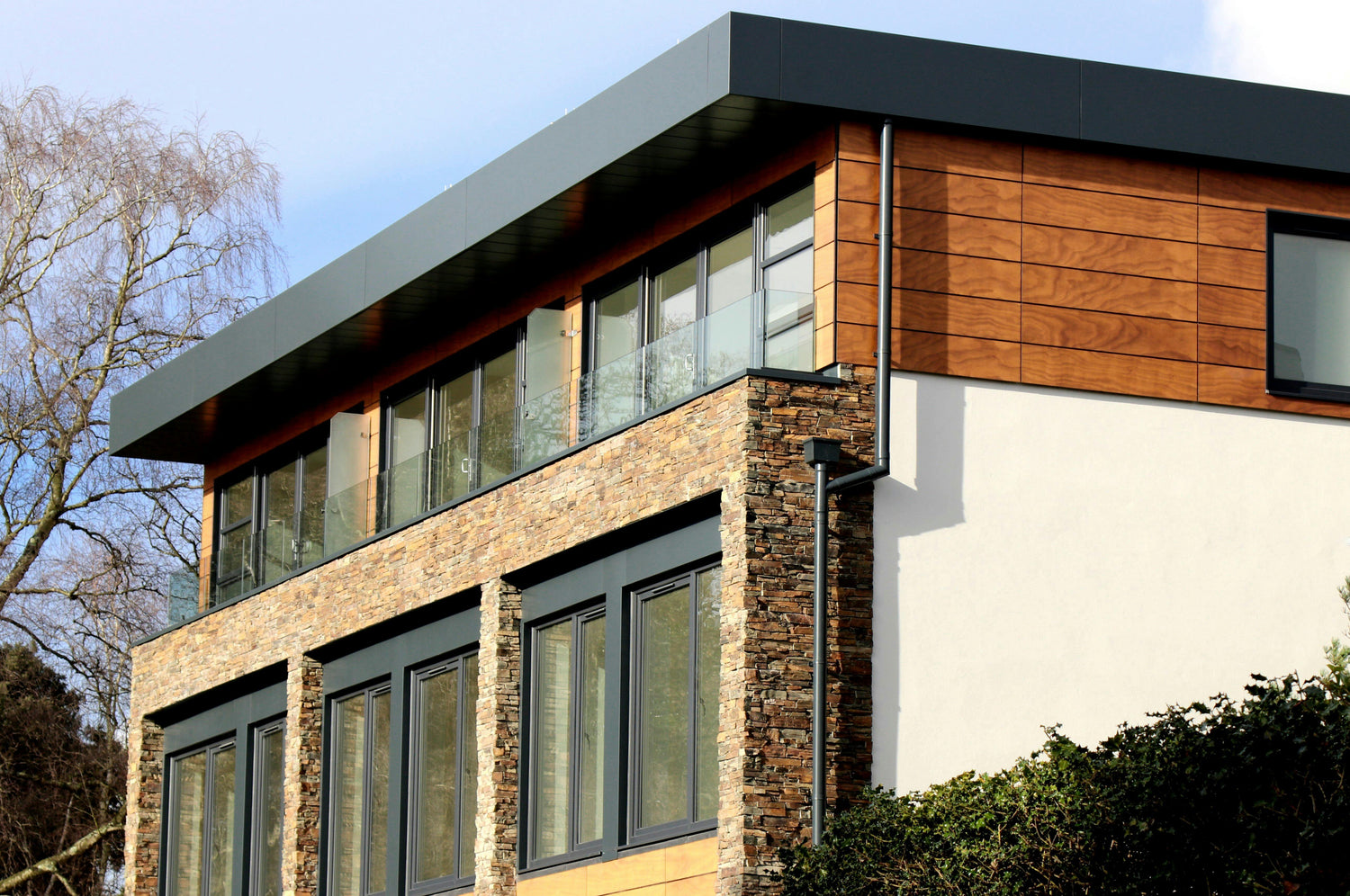
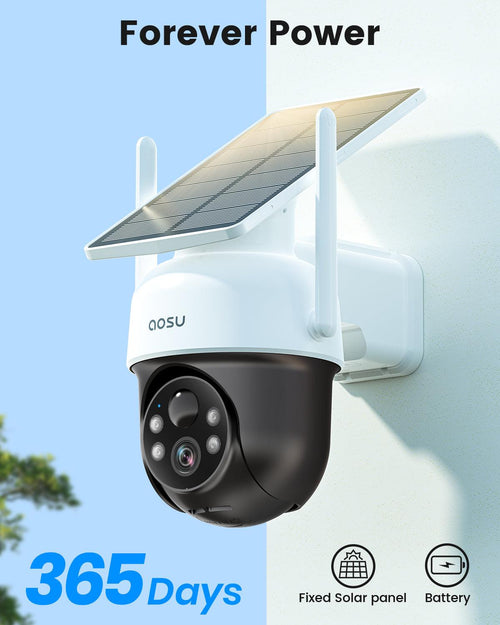
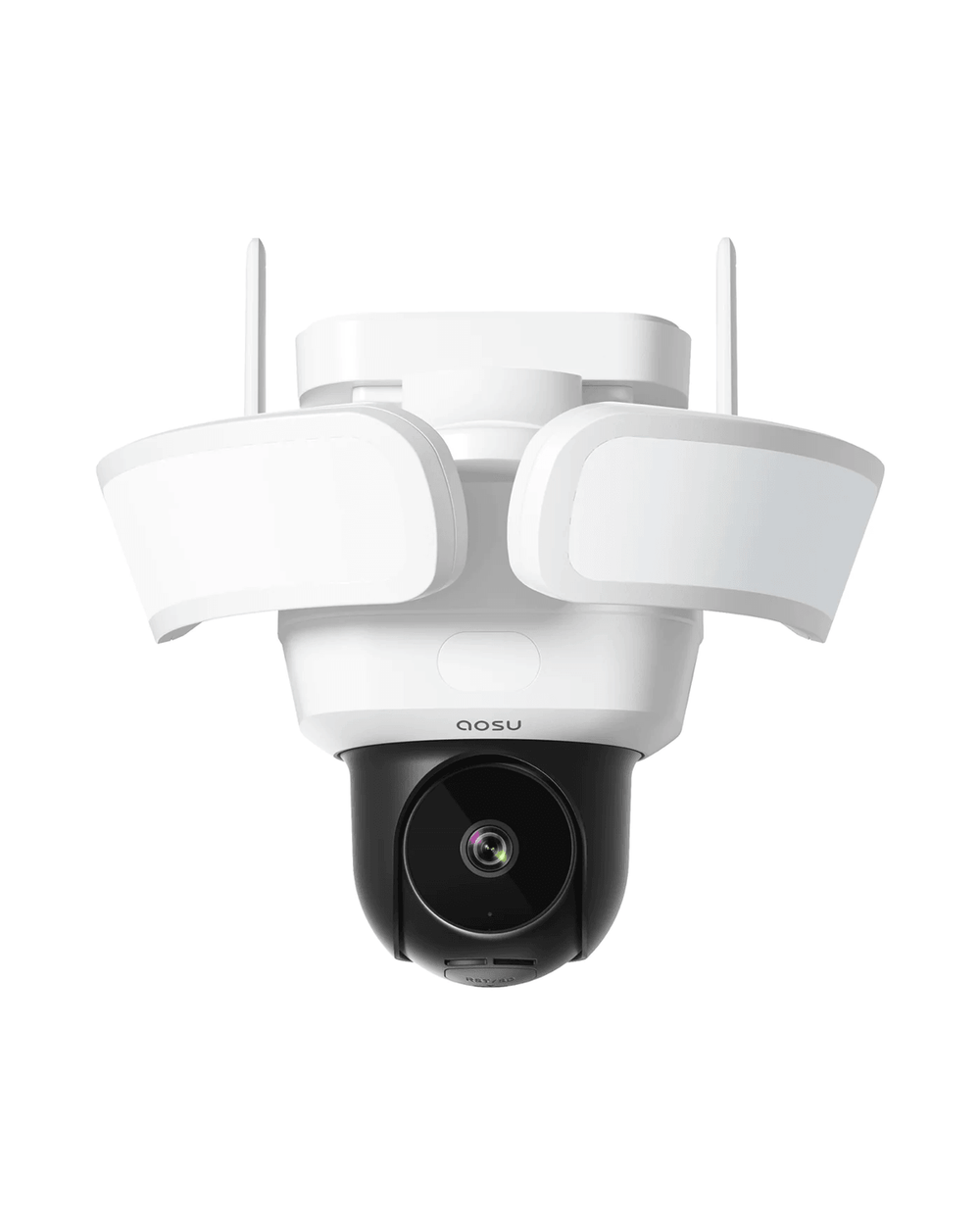
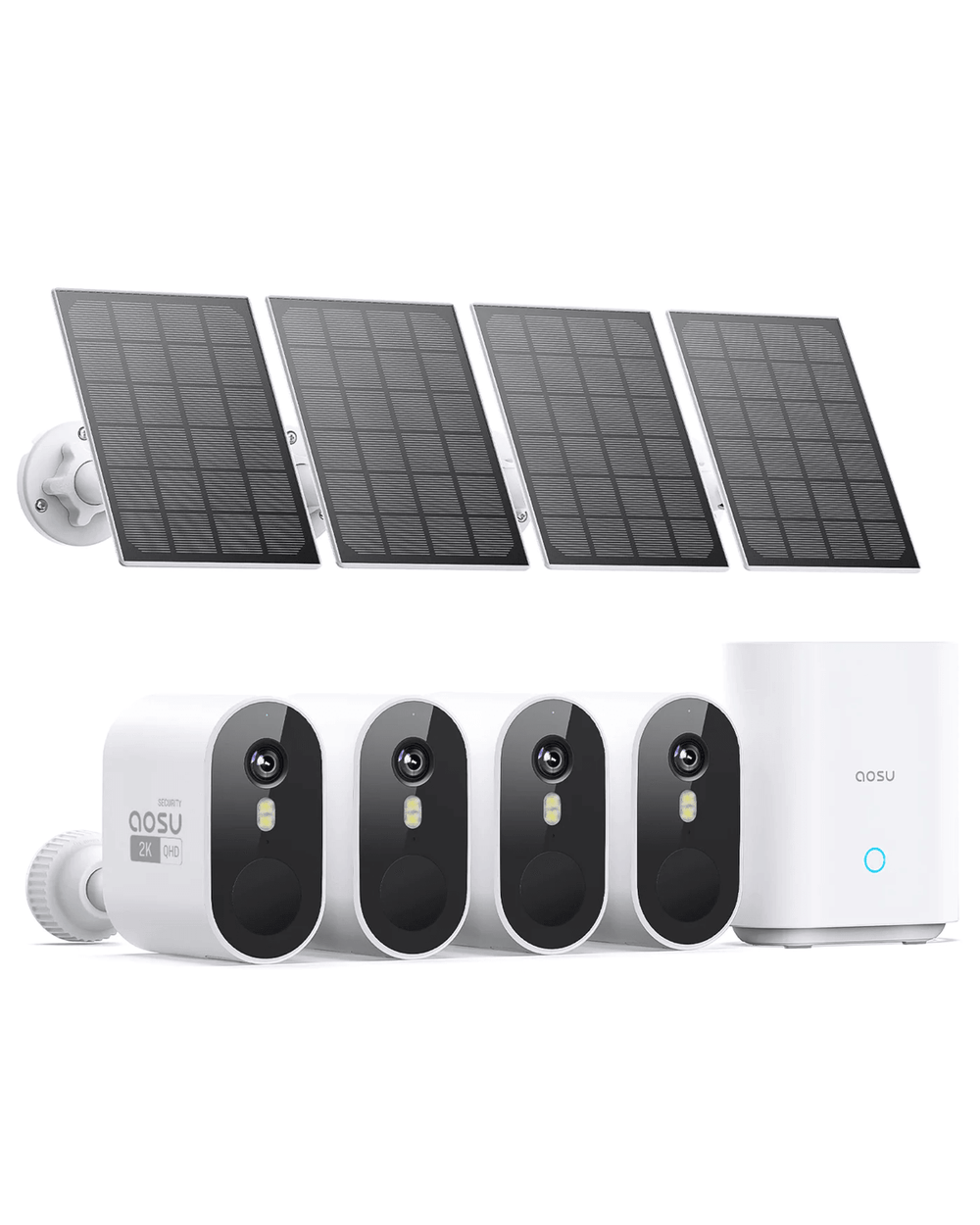
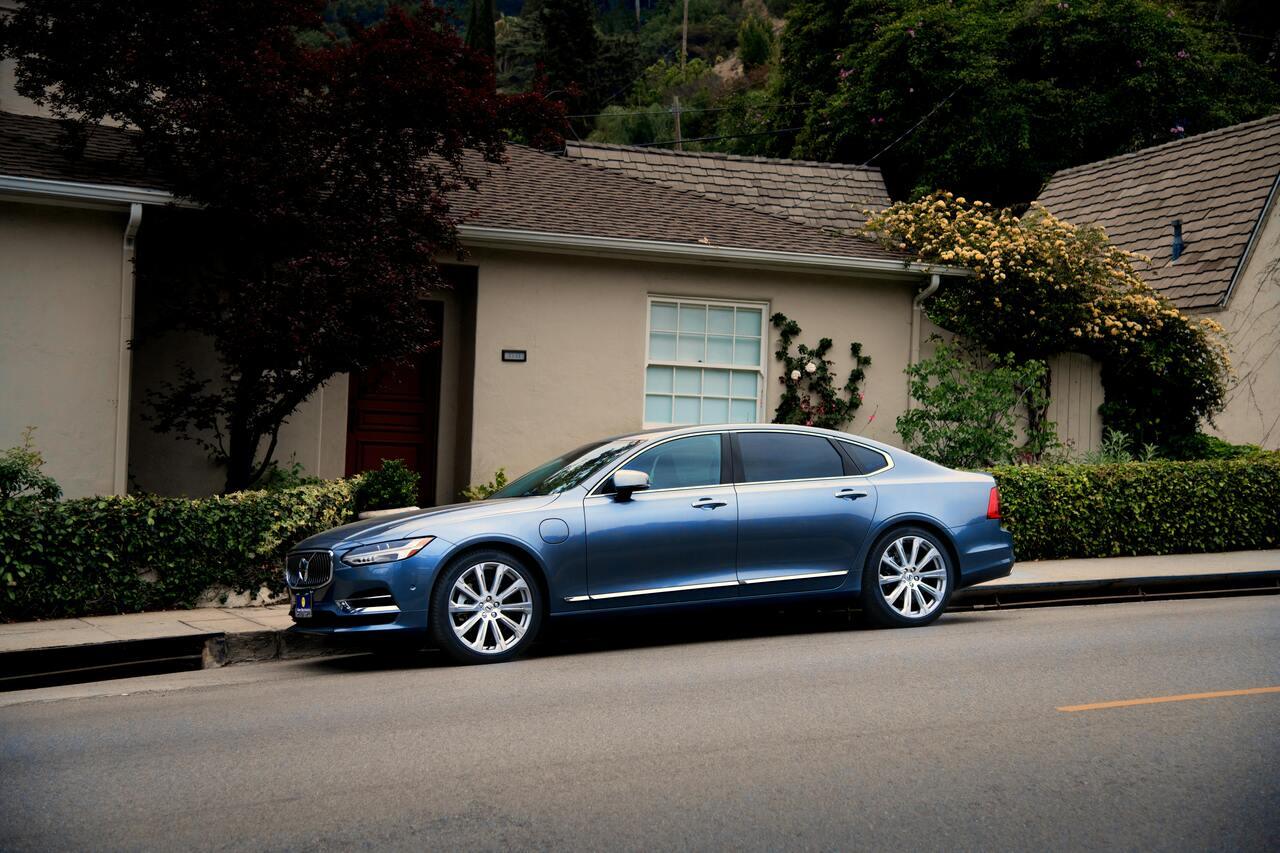
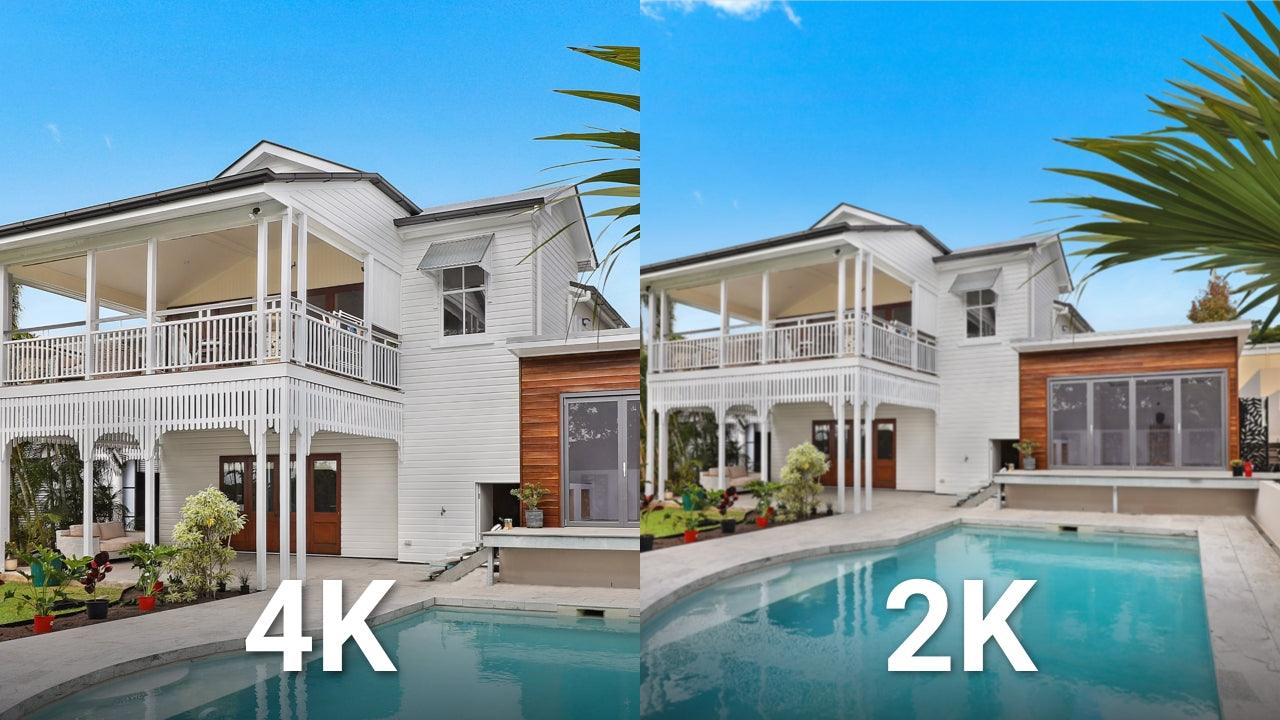

Leave a comment
This site is protected by hCaptcha and the hCaptcha Privacy Policy and Terms of Service apply.